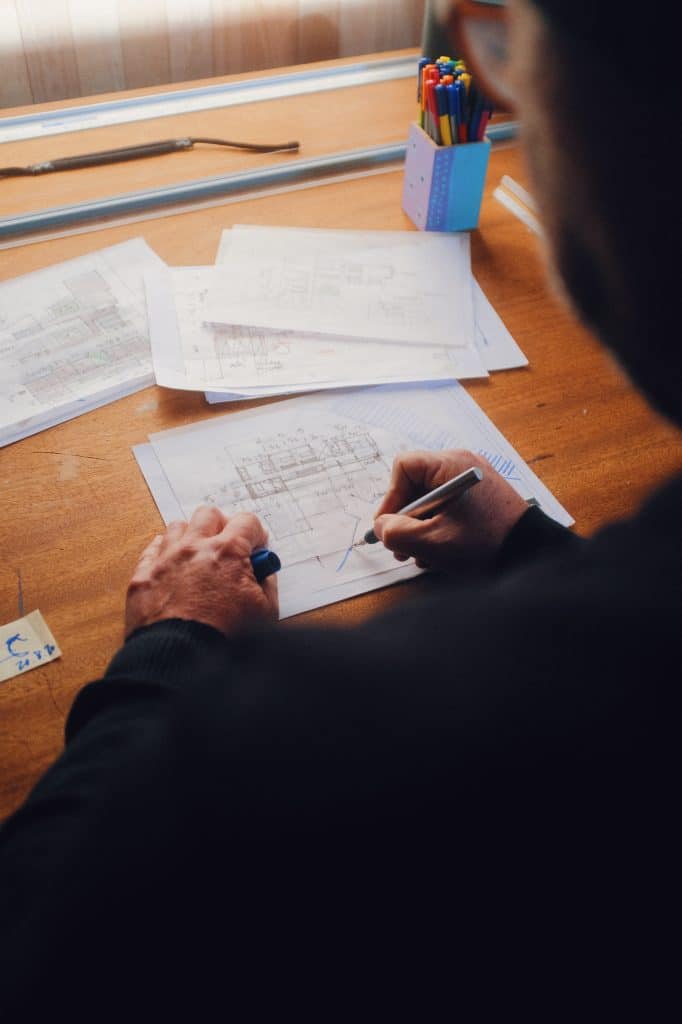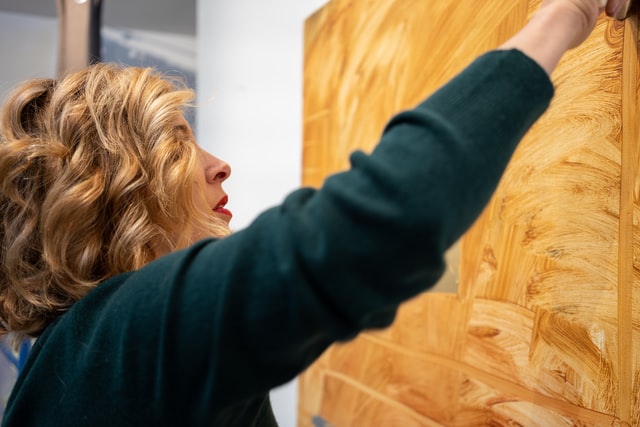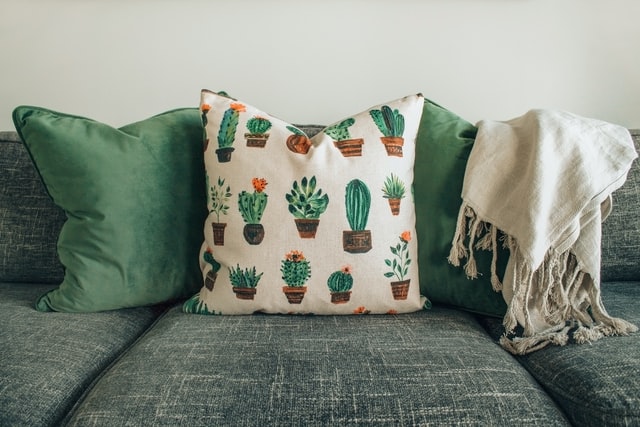It might be a surprise to learn that interior design takes a very keen and knowledgeable eye. You may be out shopping and see something you love, but that doesn’t necessarily mean that it will look perfect in your home. The very art of being an interior designer involves the ability to understand how color, lighting, room size, scale, and placement all affect how items look in a room and dictate whether they will make or break a room design.
There are a lot of common mistakes that almost everyone makes when designing their interiors. Here we look at the 6 most common mistakes and how to avoid making them:
1. Scale in Interior Design
First off, when you enter a room, it should be like a cityscape, a combination of different heights. You never want everything in a room to be the same level or the same size. This can easily be accomplished with different heights/sizes in your furnishings, art placement and window treatments.
Scale is the number one mistake that almost everyone makes when it comes to interior design. This is probably the case because it takes a talented eye to decorate a room with impeccable scale. Some people put too many small things in a room, thereby cluttering the room and not giving the eye a place to land.
While others put too many large, bulky items in one room, making it look stuffed and small. The secret to proper scale is a mixture of different shapes, heights and sizes. If there is only one thing that you hire an interior designer for, it is help with proportion and scale. With the right scale your room is well on its way towards a successful design.
2. Ask for Help and Interior Design Advice
It can be difficult for the average homeowner to spot mistakes when they have been muddling over the same room design for months—sometimes a room needs a fresh set of eyes to spot the problems.
Enter the professional. If you want to ask a friend for an honest opinion on color choice, fabrics, or room arrangement, that’s fine. However, it might be more feasible to hire an interior designer for guidance—as they are full of clever design tips and tricks that can transform your home.
Remember that listening to advice doesn’t mean you have to take it—your home design is uniquely yours and if you love it, then that’s all that really matters, right?
3. Hanging Art
You can literally turn any wall of your home into your own personal art gallery. Everyone should display some form of art in their home—whether it is a rare oil painting or a cherished drawing from your child’s pre-school days. The roadblock that most encounter is how to properly hang art.
The best way to ensure there are no mistakes and nasty nail holes to fill is to trace and cut out the frames outlined on paper. Simply tape the paper cut-outs onto your wall, trying numerous placement options until you have the desired outcome. Have fun with your arrangements, playing with size, color, and texture, remember to avoid the number one mistake that most people make, which is…
4. Buy Fabrics and Textiles First
A common mistake that many are guilty of: painting first. Put that paint brush down! First, you need to pick out the room’s fabrics and main textiles, such as rugs and curtains.
Why is this? Because it is simply much easier to find fabrics that you love and then pick out paint to match. While it is much harder to find a fabric that you can’t live without, that also just so happens to match the paint you have already put on our walls.
So, with room size in mind, go for a shopping excursion. Look through samples of fabrics, rugs, and pillows, and find what you love and then once you are happy with your design choices, pick out a paint shade or shades from the chosen textiles. Now you can pick up the paintbrush.
5. Include a Focal Point
Every room needs a focal point, as it offers a place for the eye to rest and assigns a room with a function. This is a very common mistake—forgetting to give each room a purpose or point to focus on. Some rooms are simple. For instance, in a TV room, the focal point usually ends up being the TV and the unit it is placed on, while all the other main objects in the room are focused and pointing toward the TV.
Other rooms are a bit more difficult, such as sitting rooms or dens. Don’t just scatter furnishings about the room. First, find a focus or purpose for the room, and then place the furnishings around that focal point. Think comfortable and workable, a place that encourages guests to sit and converse.
6. Show Your Personality
Your home should speak to who you are, as it should be like a personal memoir of your trips, your loves, and your life. There is nothing worse than walking into someone’s home to be greeted by beige walls, brown furniture, and one mass-produced print on the wall, pretending to be art. It’s boring and has zero characters.
So, don’t be shy when it comes to your home decor. Bring in all the things you love, making your home a unique oasis that welcomes you at the end of a hard day, and also tells an intriguing story to your visitors.
In Summary
There are a lot of common mistakes that can be easily made when it comes to interior design. Luckily, there are also plenty of easy solutions to fix these mistakes and avoid them in the future. Sometimes it’s as easy as performing a total cleanse of your current space, enlisting the help of a friend or the keen eye of a trusted interior design professional, and revamping your space to be the very essence of who you are.
Achieving your dream home–without all the mistakes–can be both challenging and rewarding. Decorating decisions requires planning, organizing, and collaboration. It’s no small feat to feel as though you’re faced with an insurmountable task, but it’s also highly gratifying when the end results of your hard work allow you to sit back and admire what you created.




